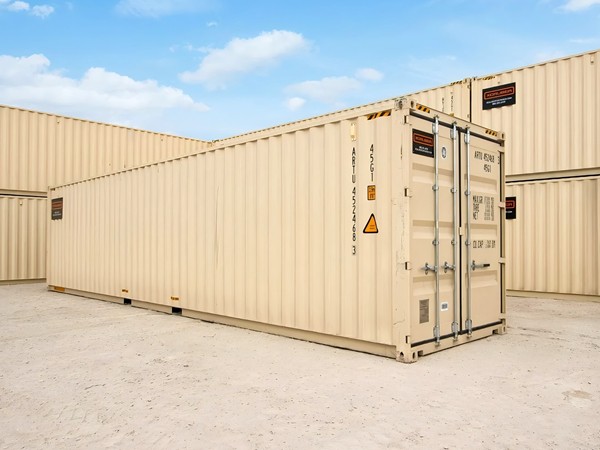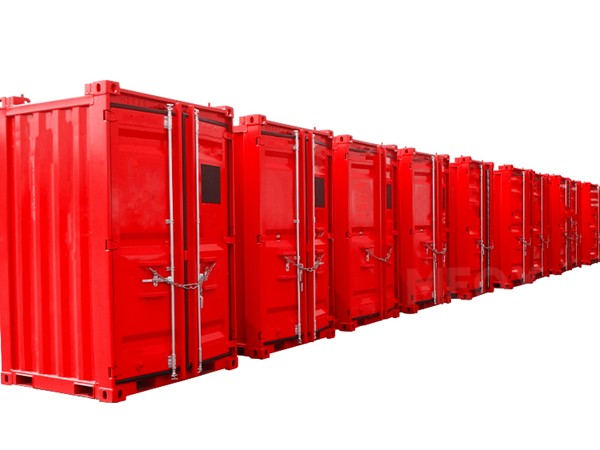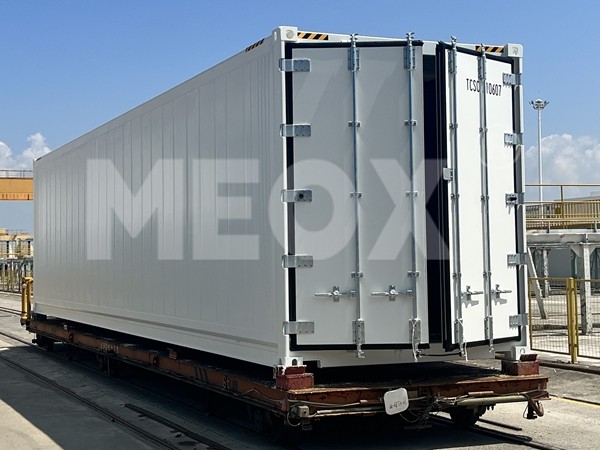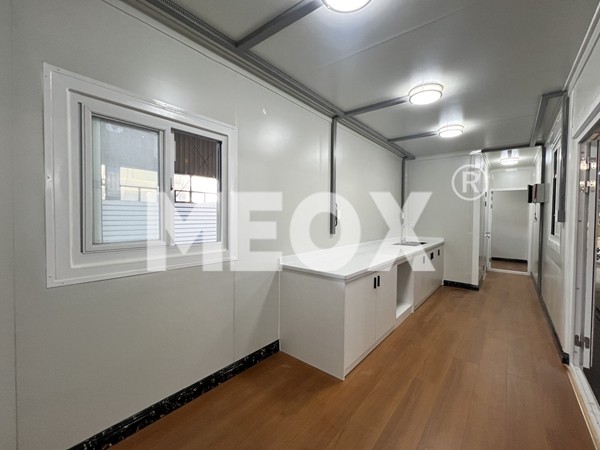Water scarcity and pollution are growing global concerns that demand innovative solutions to provide clean and safe water. Containerized water treatment systems are a revolutionary way to address these challenges. These systems offer a flexible, mobile, and scalable solution for water purification, making them ideal for a variety of applications ranging from small rural communities to large industrial operations. In this article, we’ll explore what containerized water treatment systems are, how they work, their costs, and the benefits they provide.
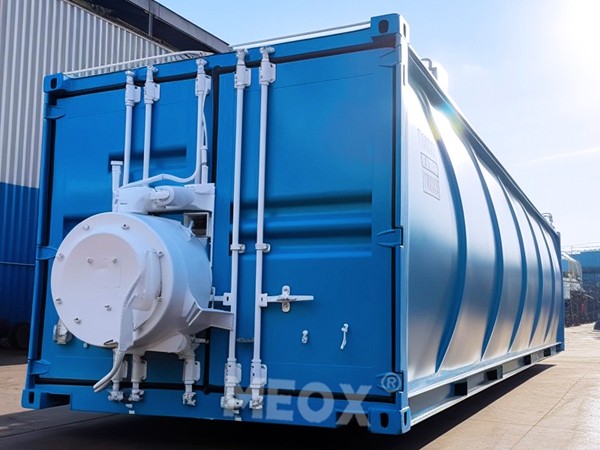
What Are Containerized Water Treatment Systems?
Containerized water treatment refers to water purification systems that are designed and built inside a shipping container. These systems use various filtration and purification technologies to treat contaminated water, making it safe for consumption or industrial use. The idea behind containerized water treatment is to provide a compact, mobile, and efficient solution that can be deployed in areas with limited infrastructure or where water access is an ongoing issue.
These treatment systems typically come with all the necessary components, including:
- Filtration units (e.g., sand filters, activated carbon filters)
- Reverse osmosis systems
- Disinfection technologies (e.g., UV light, chlorination)
- Control and monitoring systems (e.g., sensors, automatic control valves)
- Storage tanks for treated water
They are housed in standard shipping containers, which makes transportation and installation quick and easy. These containerized water treatment systems are ideal for temporary or emergency water treatment needs, as well as for permanent installations in remote locations or developing regions.
How Do Containerized Water Treatment Systems Work?
Containerized water treatment systems generally follow the same basic process as traditional water treatment plants but in a more compact and modular form. The process typically involves the following steps:
Pre-filtration: Water from a natural source, such as a river or lake, is first passed through pre-filters to remove larger debris, sediments, and particles. This step helps to protect the downstream components of the system.
Primary Treatment: The water is then treated through physical or chemical processes, such as sedimentation, coagulation, and flocculation. These processes help to remove smaller particles and impurities.
Advanced Filtration: Next, the water passes through advanced filtration systems such as activated carbon filters or sand filters to remove finer particles, odors, and chlorine. This step ensures that the water is clearer and safer.
Reverse Osmosis (RO): In many systems, reverse osmosis is used to remove dissolved salts, heavy metals, and other contaminants from the water. This process involves pushing water through a semi-permeable membrane, which filters out harmful substances.
Disinfection: Finally, the water is disinfected using UV light or chemicals like chlorine or ozone. This step eliminates any remaining bacteria, viruses, or pathogens to ensure that the water is microbiologically safe.
Storage: Once treated, the clean water is stored in tanks inside the container for easy access. The treated water can then be pumped to the desired location or used for immediate consumption or industrial processes.
Types of Containerized Water Treatment Systems
There are different types of containerized water treatment systems designed for specific applications. The most common systems include:
Mobile Water Treatment Systems These systems are designed for temporary or emergency use. They are often deployed in disaster-stricken areas or for humanitarian aid missions. Mobile water treatment systems are portable, easy to set up, and can be moved to different locations as needed.
Permanent Containerized Water Treatment Systems These are intended for long-term use and can be installed in remote locations where conventional water treatment infrastructure is unavailable. These systems are commonly used in rural communities, mining sites, oil fields, and other industrial applications.
Modular Containerized Systems These systems are flexible and can be expanded or scaled down depending on the water treatment needs. If a location’s water demand increases, additional containers can be added to accommodate the higher volume.
Cost of Containerized Water Treatment Systems
The cost of a containerized water treatment plant can vary significantly depending on several factors, such as the size of the system, the type of treatment required, and the complexity of the installation. On average, small systems suitable for residential or small-scale commercial use can cost between $10,000 and $50,000. Larger, more complex systems, such as those used in industrial or municipal applications, may range from $100,000 to over $1 million.
Key Factors Influencing the Cost:
Capacity: The larger the system’s capacity (measured in cubic meters per day), the higher the cost. Small systems that treat a few hundred liters per day are cheaper than large systems that treat thousands of liters per day.
Water Source: The type of water being treated (e.g., river, lake, groundwater, seawater) impacts the treatment process and, consequently, the cost. Seawater desalination, for example, typically requires more expensive reverse osmosis systems.
Technology Used: The cost also depends on the technologies used in the system. Systems that use advanced filtration, reverse osmosis, or chemical treatment will be more expensive than those using simple filtration.
Customization: Customized systems that require specific design modifications, additional equipment, or specialized treatment processes tend to have higher upfront costs.
Maintenance and Operating Costs: While containerized systems have relatively low operating costs compared to traditional plants, routine maintenance and operational costs should still be factored in, particularly when it comes to the replacement of membranes in reverse osmosis systems or chemical inputs for disinfection.
Sample Cost Breakdown:
- Small Mobile Systems (up to 10,000 liters per day): $10,000 – $30,000
- Medium-Scale Systems (10,000 – 50,000 liters per day): $50,000 – $150,000
- Large-Scale Systems (50,000 liters per day and above): $200,000 – $1 million+
Benefits of Containerized Water Treatment Systems
Flexibility and Mobility: One of the main advantages of containerized water treatment systems is their flexibility. These systems can be deployed wherever clean water is needed, making them perfect for emergency response situations, remote locations, or temporary installations.
Quick Deployment: These systems can be set up quickly, sometimes within hours or days, depending on the scale. This makes them ideal for humanitarian aid, disaster relief, and remote communities where fast access to clean water is critical.
Cost-Effective: In comparison to building a full-scale water treatment plant, containerized water treatment systems offer a more affordable and less time-consuming alternative. Their modular nature also allows them to be expanded as needed, reducing initial investment costs.
Low Maintenance: The compact nature of these systems means they are easy to maintain and operate. Regular checks, such as cleaning filters or replacing membranes, are straightforward, and many systems include automated monitoring to ensure efficiency.
Sustainable Solution: Many containerized water treatment systems are designed to minimize energy consumption, use renewable energy sources (such as solar), and reduce the environmental impact of water treatment.
Containerized water treatment systems are an innovative and flexible solution for providing clean water in a variety of settings. Their portability, scalability, and relatively low cost make them an excellent choice for addressing water treatment needs in remote areas, disaster zones, and industrial facilities. As the demand for clean water continues to grow, containerized water treatment systems will play a crucial role in meeting that demand in an efficient, sustainable, and cost-effective manner. Whether you’re looking to install a small-scale system or a large-scale solution, these systems offer a reliable option for ensuring safe, clean water.



